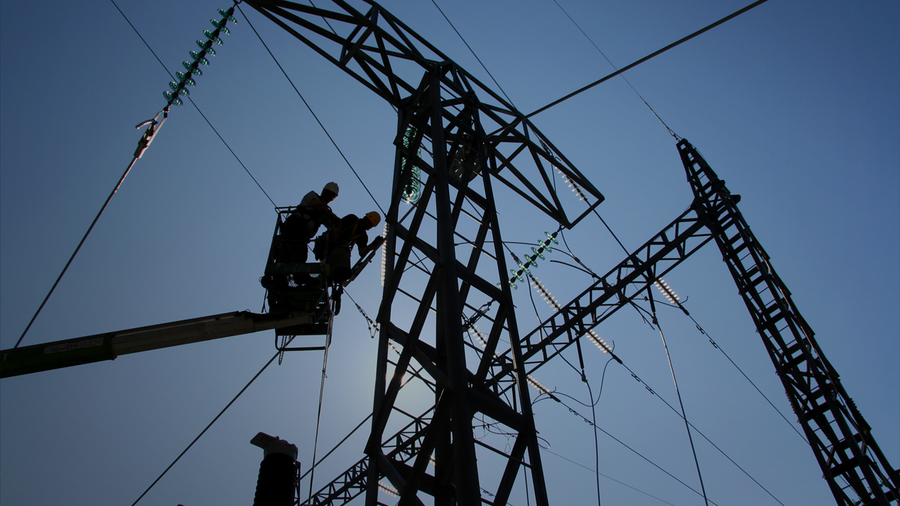Advancing power grid modernization with AI-powered automation
The U.S. power grid is in the midst of an unprecedented transformation, facing pressures to become more reliable, resilient, and cost-effective. However, this progress is hindered by challenges like rising costs and a shortage of skilled engineers. It’s clear that to meet these demands, the energy industry requires a groundbreaking shift—one driven by intelligent automation and innovation.
At Leidos, we’ve developed a powerful tool to meet this need head-on: Skywire, an AI-enabled platform designed to change the way we approach distribution system engineering.
Transforming grid modernization with Trusted Mission AI
By integrating Trusted Mission AI into our workflows, Skywire transforms grid modernization from a labor-intensive process into one driven by human-AI collaboration, improving efficiency at a speed and scale once thought difficult to realize.
The power grid consists of four key systems:
- Generation
- High-voltage transmission
- Medium-voltage distribution
- End-users such as residential, commercial, and federal customers
Of these, distribution is the largest and the one most susceptible to disruption. With over 185 million power poles across the country and more than seven million poles re-engineered annually, the scale of this task presents both a challenge and an opportunity for innovation.
Skywire is designed to tackle exactly this kind of challenge. By partnering with AI, engineers can accelerate and automate distribution design tasks, making the process more efficient and scalable.
One example of how Skywire is already making an impact is third-party fiber-attachments. This is a high-volume task where distribution engineers must ensure that new fiber lines are safely and securely attached to power poles while adhering to local utility codes and standards.
Here’s how the process typically unfolds: imagine a distribution engineer, normally based in New York, is suddenly tasked with designing fiber attachments for utilities in Texas or California. Without Skywire, this would mean either hiring new engineers or extensively retraining existing staff to understand regional codes—both time-consuming and costly efforts.
Discover our comprehensive power delivery solutions
Streamlining with a human-machine partnership
Instead, Skywire steps in to streamline the process. It gathers all relevant utility data, integrates it into a central system, and uses AI-powered algorithms to automate much of the design work. Field surveys are conducted, images and data are uploaded, and the AI classifies the existing equipment on the poles. From there, Skywire’s intelligent photogrammetry calculates accurate measurements, allowing engineers to focus on critical tasks while the AI calculates attachment heights and performs clearance analyses based on local codes.
This human-AI partnership helps build designs that are not only faster but also more precise compared to traditional methods. When issues arise, such as a clearance violation, the system automatically suggests solutions, such as adjusting existing communication lines, allowing the engineer to quickly resolve the issue.
The results speak for themselves:
- Skywire has reduced distribution design labor by 70% and overall project costs by 30%.
- In 2023 alone, it accelerated the delivery of 18,000 projects across 25 major utilities, covering the engineering deliverables for 200,000 poles.
This level of efficiency helps us deliver grid modernization solutions at a scale that matches the industry’s growing needs.
Skywire is just one example of how Leidos is leading the way in energy sector innovation. As we continue to leverage AI across power system planning, transmission, and grid security, we are poised to meet the challenges of a more complex and renewable-driven energy landscape. The future of the power grid will belong to those who can scale intelligently, and our proactive integration of Trusted Mission AI is positioning us to lead this transformation.

